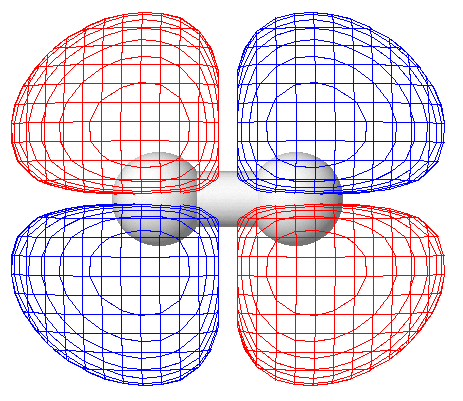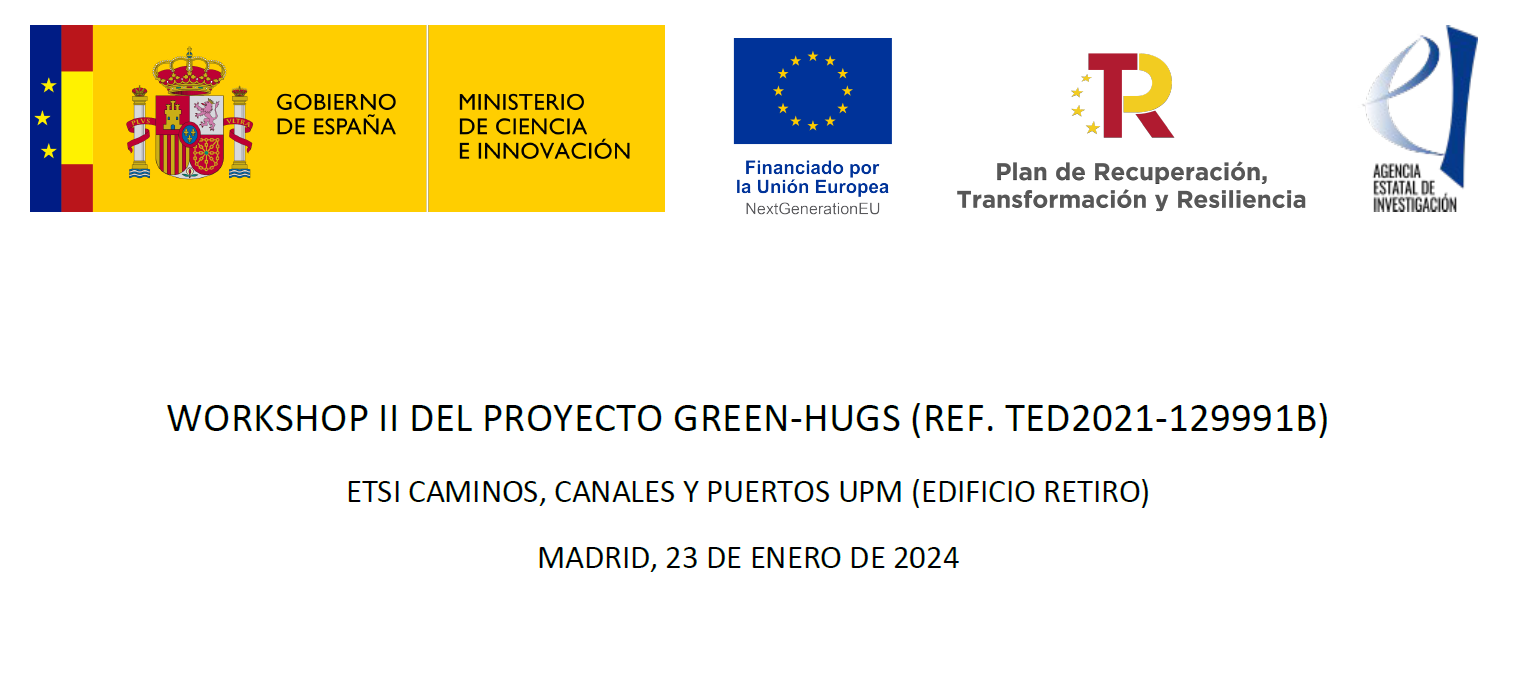About the Proyect
Green-HUGS
SP#2: Hydrodynamics and Multiphase Poromechanics
The general objective of Green-HUGS is to advance the knowledge base for the efficient and safe geological storage of hydrogen and thus contribute to a green-hydrogen economy and the transition to a carbon-neutral society. The massive underground storage of hydrogen is a powerful means to manage the lag between energy production and demand and meet geographical constraints, which are typical for renewable energies like wind and solar. Due to its high energy density, hydrogen production has a key role to meet the intrinsic discrepancy between intermittent energy production and demand.
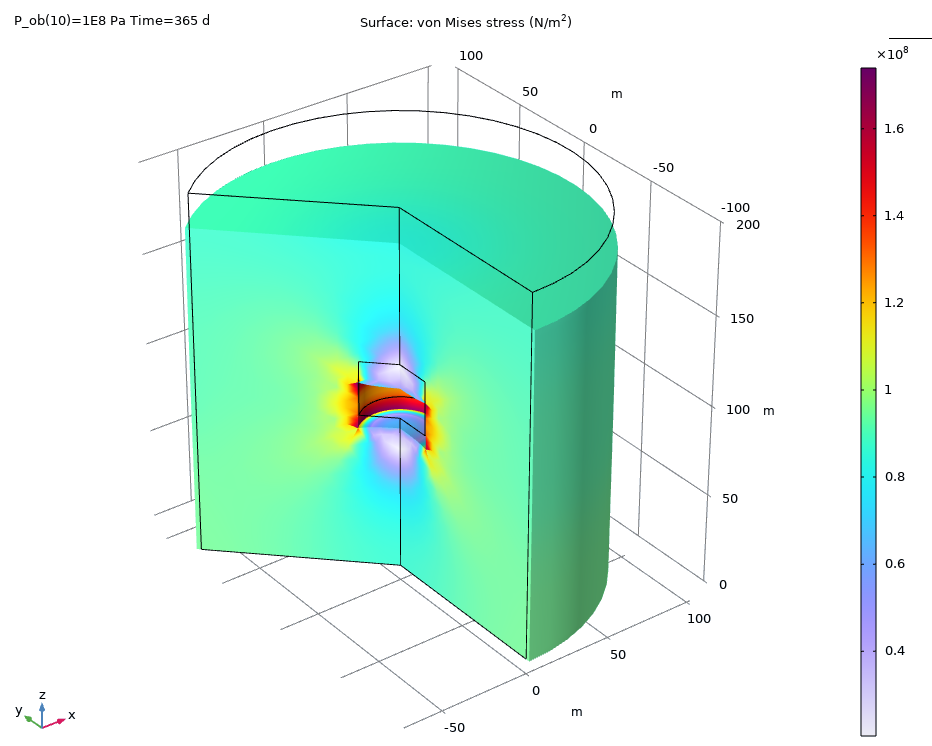
However, due to its small density, large volumes are required to meet energy storage requirements of the order of GWh to TWh, far beyond what is available in standard surface-storage facilities. Geological formations such as saline aquifers, evaporite caverns and depleted hydrocarbon reservoirs provide storage capacities in the necessary energy range, and thus can serve as grid storage, which is necessary to make a hydrogen economy feasible.
The past two decades have seen intense research on the geological storage of carbon dioxide in order to mitigate carbon dioxide emissions into the atmosphere. However, firstly, the storage aims for hydrogen and carbon dioxide and the modes of operation are radically different. Hydrogen grid storage requires periodic injection and extraction on a wide range of time scales and a high recoverability and purity, while carbon dioxide storage aims at the opposite, namely long-term storage, ideally chemically or physically bound. Secondly, physical and chemical properties of hydrogen are very different from carbon dioxide or other gases such as methane that have been stored underground.
Thus, the scientific challenges to enable underground hydrogen storage (UHS) are related to the operational requirements of hydrogen purity, recoverability, and structural integrity of the storage formations. In order to address these challenges, Green-HUGS proposes an integrated research strategy that crosses the borders between the interconnected research fields of geomechanics, multiphase flow, hydrodynamic transport and geochemistry.
In this effort, SP2 is dedicated to hydrodynamics and multiphase poromechanics. The specific objectives of SP2 are (I) to numerically investigate the geomechanical constraints on underground hydrogen storage in porous formations, and (II) to numerically investigate how the displacement of cushion gas and brine by hydrogen affects gas purity, capillary trapping and hysteresis.
SP2 will pursue these objectives through a combination of mathematical modeling and numerical simulations. We will use fully-coupled hydromechanical simulations coupling multiphase gas-brine flow with geomechanics and fault poromechanics and failure criteria to assess the potential for caprock damage. We will also use multiphase and multicomponent flow simulations to understand hydrogen-cushion-brine hydrodynamic instabilities and assess how it affects hydrogen purity of the produced gas. SP2 will contribute to the coordinated effort of assessing the safety and feasibility of UHS through a sound scientific basis of the hydrodynamics and geomechanical constraints in the reservoir. The generated knowledge is expected to have a significant scientific and technological impact by substantially advancing the understanding and computational modeling of porous media flow, geomechanics and induced seismicity.
To analyze in detail the process of migration, transport and diffusion of hydrogen in porous-permeable formations such as saline aquifers or depleted hydrocarbon deposits; that are very different from those of methane or CO2, the gases typically analyzed in similar underground storage facilities. Fugitive losses in the storage system will be also studied from the point of view of the efficiency and performance of the injection/extraction process.
This subproject is intended to deal with the following specific objectives of the Green-HUGS project:
- To numerically investigate the geomechanical constraints on underground hydrogen storage in porous formations.
- To numerically investigate how the displacement of cushion gas and brine by hydrogen affects gas purity, capillary trapping and hysteresis.
The subproject has been funded with a total budjet of 181,470.00 €.
Funding
This project is funded by the 2021 call for of the State Program to Promote Scientific-Technical Research and its Transfer, within the Recovery, Transformation and Resilience Plan.

Ministry of Science and Innovation
Spain Government
NextGenerationEU
Uropean Union
Recovery, Transformation and Resilience Plan
Spain Government
State Investigation Agency
SpainActivity and Results
- All
- Publications
- Results
- Activity
- Other
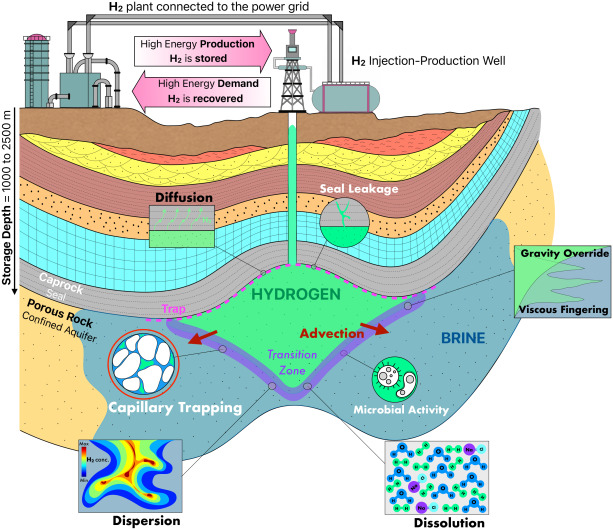
Two-dimensional numerical simulations to assess the impact of rock heterogeneity and capillary trapping on hydrogen storage in deep aquifers
Journal of Energy Storage, 129, 117170, 2025

MS030 Hydrogen Underground Storage (HUGS)
Minisimposium organized at the 9th Eropean Congress on Compuational Methods in Applied Sciences and Engineering, 3-7 of June 2024, Lisbon, Portugal
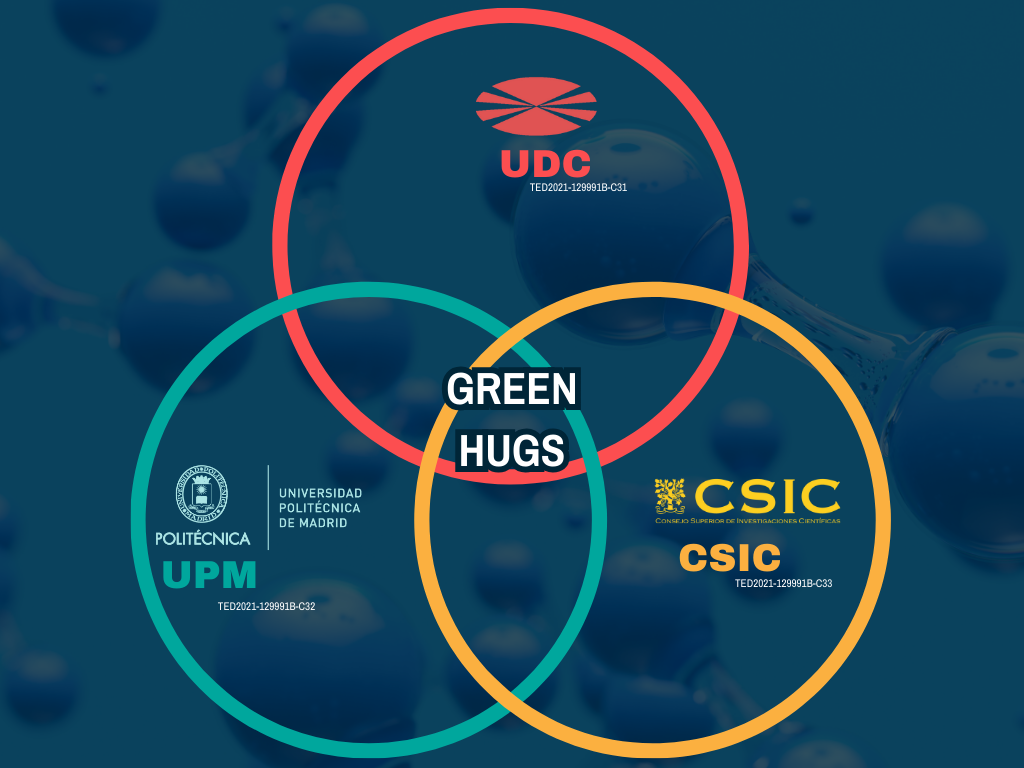
Coordination Meeting
2023/10/09
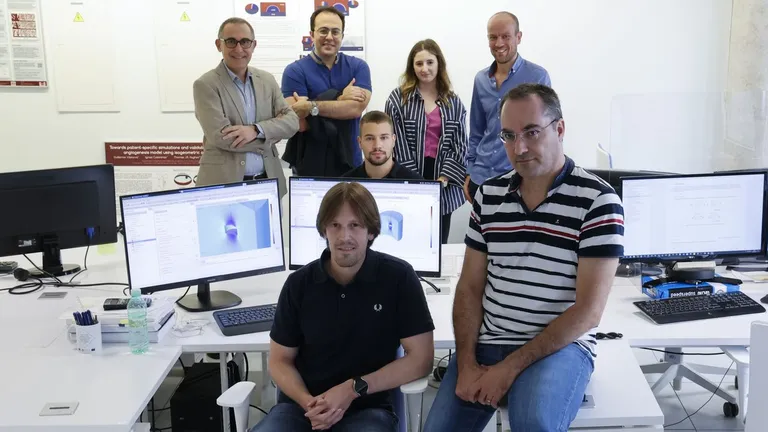
Press note on La voz de Galicia
2023/06/17

Coordination Meeting
2023/05/09

Workshop
2023/01/13

Constitution of the research consorcium
2022/11/20



